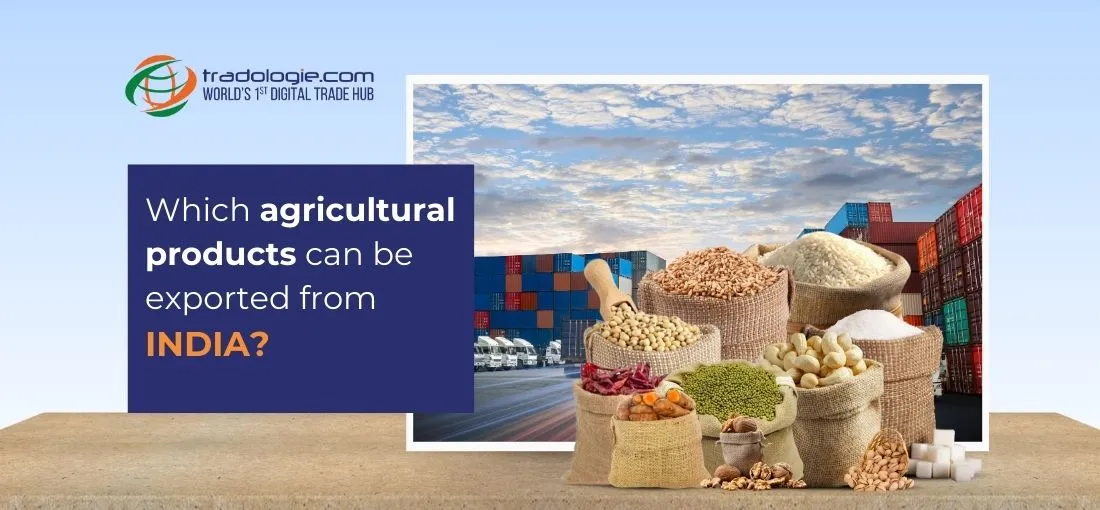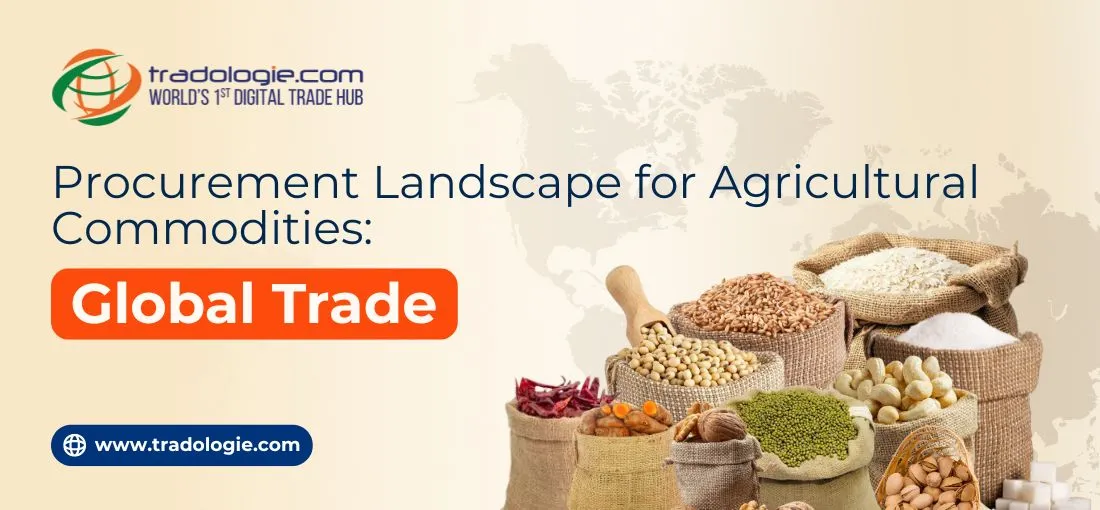Key Highlights:
- Strategic Role: Around 80–90% of global trade happens via ships — making ports vital for India’s agro exports.
- Mundra Port: India’s largest private port, known for efficiency, modern terminals, and seamless connectivity — ideal for pulses and edible oil exports.
- Kandla (Deendayal) Port: A bulk grain trade leader, offering cost-effective handling and strong links to northern agri states.
- Chennai Port: The southern export hub connecting to Southeast Asia & the Middle East, best for rice, sugar, and spices.
- Emerging Ports: Vizag, Kolkata–Haldia, Tuticorin & New Mangalore cater to niche agri exports like tea, coffee, jute, and seafood.
- Trade Data: Major Indian ports handled 800+ million tonnes of cargo in FY 2023–24, with agri exports rising steadily.
- Smart Port Selection: Choosing the right port boosts timeliness, cost efficiency, and profitability in B2B agro trade.
Intro:
Trade has been a part of human existence since times immemorial, and when it comes to staple commodities like food, its exchange has been done since humans existed. The only difference is initially it was local, then it turned global with the advent of technologies like ships. Approximately 80 to 90% of the global trade is carried through ships according to an estimate.
For anyone in the business of exporting India’s Agri-Commodities to global shelves, ports aren’t just logistics nodes, they’re like strategic partners in global trade. If you are new to the trade industry, it is imperative to determine the right gateway. It decides whether your shipment sails on schedule or sits under tarpaulin in a monsoon downpour.
This informative piece of article will provide you with the important information related to these ports and how choosing the right one can make a significant difference in exporting agro commodities.
Mundra — private efficiency and scale at work
If there is one name that commonly surfaces when it is about exporting edible oil pulses or containerized food, then it is none other than MUMDRA Port. It is among India's largest private commercial ports, which has undoubtedly over time, mastered the rhythm of agricultural trade. Comprising state-of-the-art agri-terminals, lavish godowns, rail sidings, and smart evacuation systems, this port has everything to cater to the bulk agriculture export.
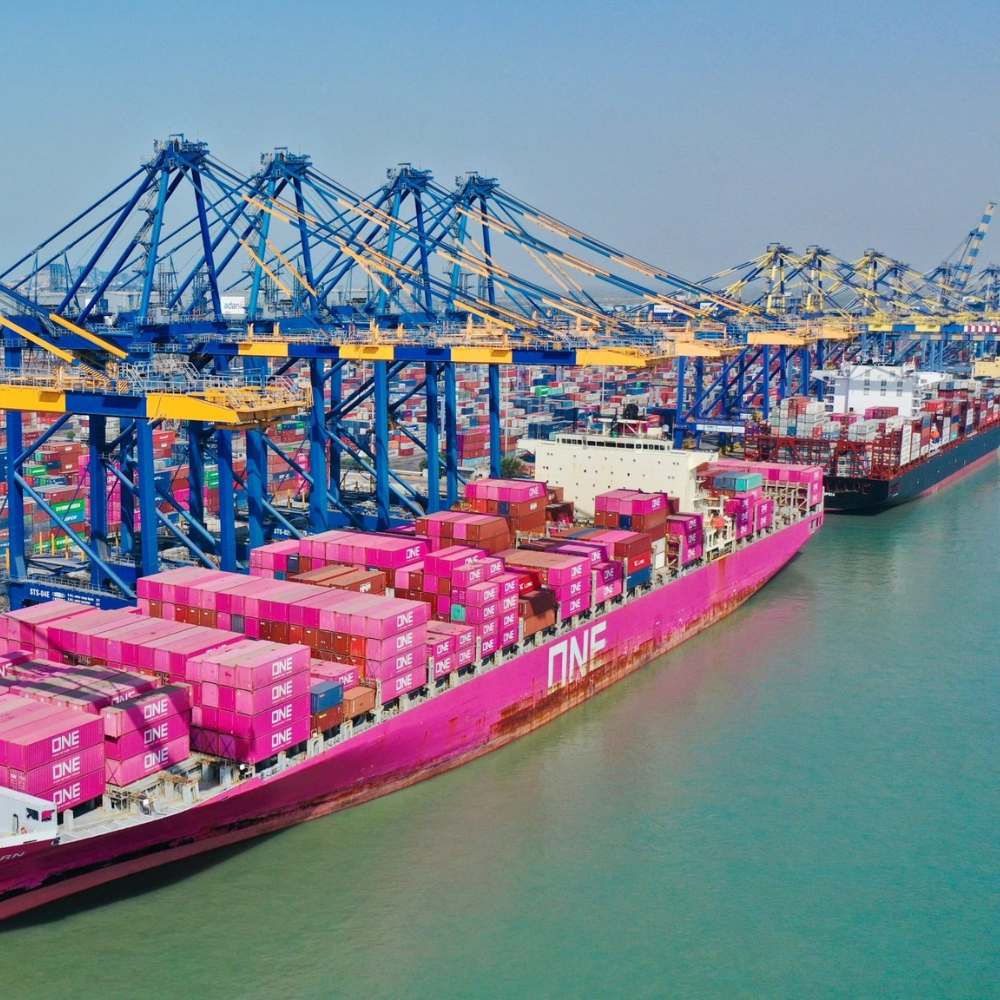
For agriculture exporters managing large-volume edible oil or pulse shipments, Mundra’s predictable vessel windows and integrated connectivity are an assurance that the trade clock won’t skip a beat. Its efficiency is what makes it a trusted node for businesses that can’t afford operational hiccups.
Kandla (Deendayal Port) — the old guard that still commands respect
Kandla which is now officially Deendayal Port has been synonymous with India’s bulk grain trade for decades. And this is for a good reason. Its strategic location provides easy access to states like Punjab, Rajasthan, and Haryana, Madhya Pradesh, and easy access to logistics for global agriculture exports.
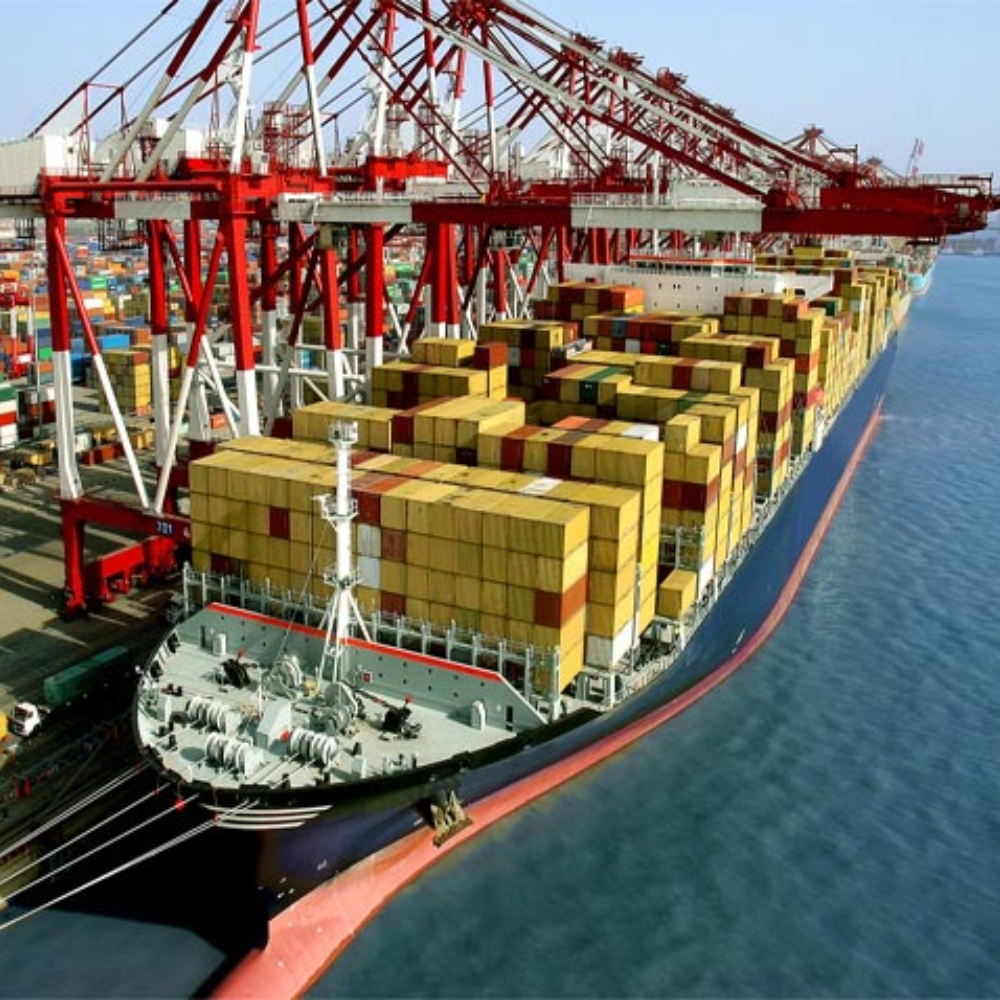
Located strategically along Gujarat’s coast, it remains the country’s largest bulk-handling port. Majorly, the exporters of wheat, maize, and rice continue to rely on Kandla Port for its cost-effective handling, charges, and easy access through the road network.
The port is heavily renowned for efficiently and predictably catering to the export needs through efficient logistics. For agri-traders majorly based out of Western India, this port is a highly convenient and financially lucrative option. The port also has state-of-the-art infrastructure that enhances its efficiency.
Chennai — where southern supply meets global demand
There’s a certain rhythm to Chennai Port — part of it historical, part of it purely trade-driven. The port connects southern India’s rich agro-belt to high-demand markets in Southeast Asia and the Middle East. If your shipment involves rice, sugar, spices, or processed food from Tamil Nadu, Andhra, or Karnataka, Chennai’s multi-modal ecosystem just makes sense. Exporters appreciate its container reliability, cold-chain connectivity, and proximity to food processing zones. It’s where southern India’s produce gets its global passport — and it’s no surprise that many mid-sized exporters prefer Chennai when balancing cost with reliability.
.webp)
Visakhapatnam — the rising star of the east
While the western ports grab much of the spotlight, Visakhapatnam has quietly built a reputation as a dual powerhouse — handling both bulk and containerised cargo with equal dexterity. For exporters in Andhra Pradesh, Chhattisgarh, and Odisha, Vizag is the logical choice for maize, rice, and oilseed exports bound for East and Southeast Asia. Its deep-water berths and reliable vessel scheduling make it a competitive alternative when the west coast gets congested. Many B2B trading desks now prefer Vizag for eastbound shipments, it’s efficient, reasonably priced, and getting smarter by the year.
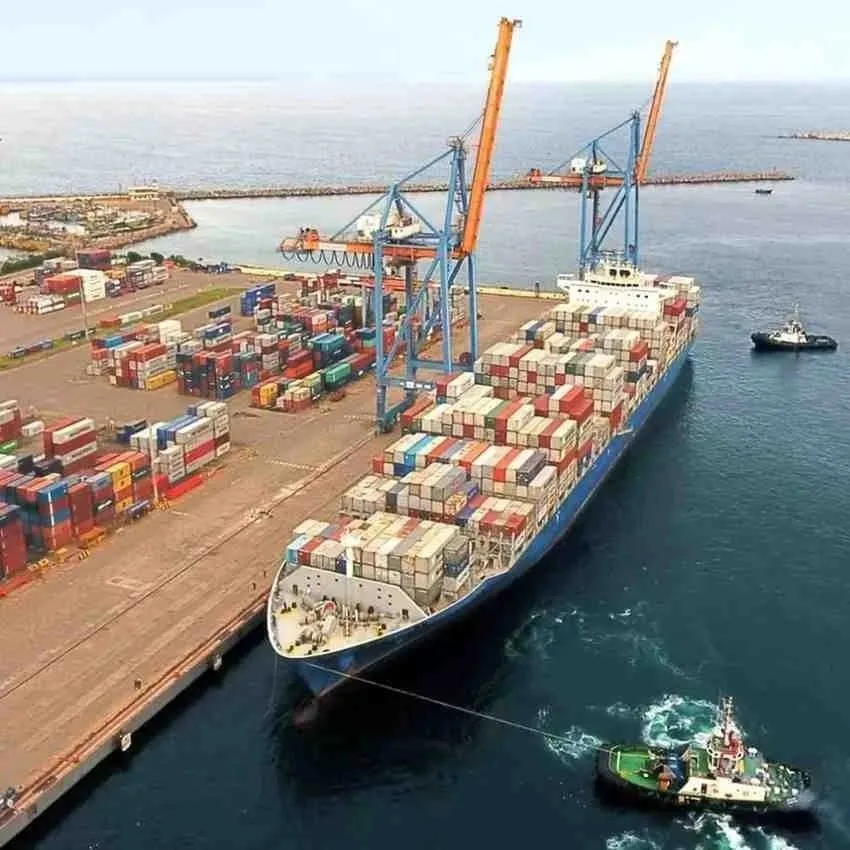
Kolkata & Haldia — the eastern cultural corridor of agri trade
Kolkata–Haldia continues to be the trade artery for India’s northeastern produce, tea, jute, and specialty rice varieties that demand a touch of care and timing. Tea exporters from Assam, in particular, prefer the Kolkata route for its inspection and certification ecosystem, including on-site access to the Tea Board’s testing facilities. Sure, the tidal dependency can sometimes affect vessel schedules, but for high-value cargo where quality and traceability matter more than speed, Kolkata–Haldia remains unmatched. This port pair connects tradition with trade efficiency, an old-world gateway still thriving in the new logistics era. Source
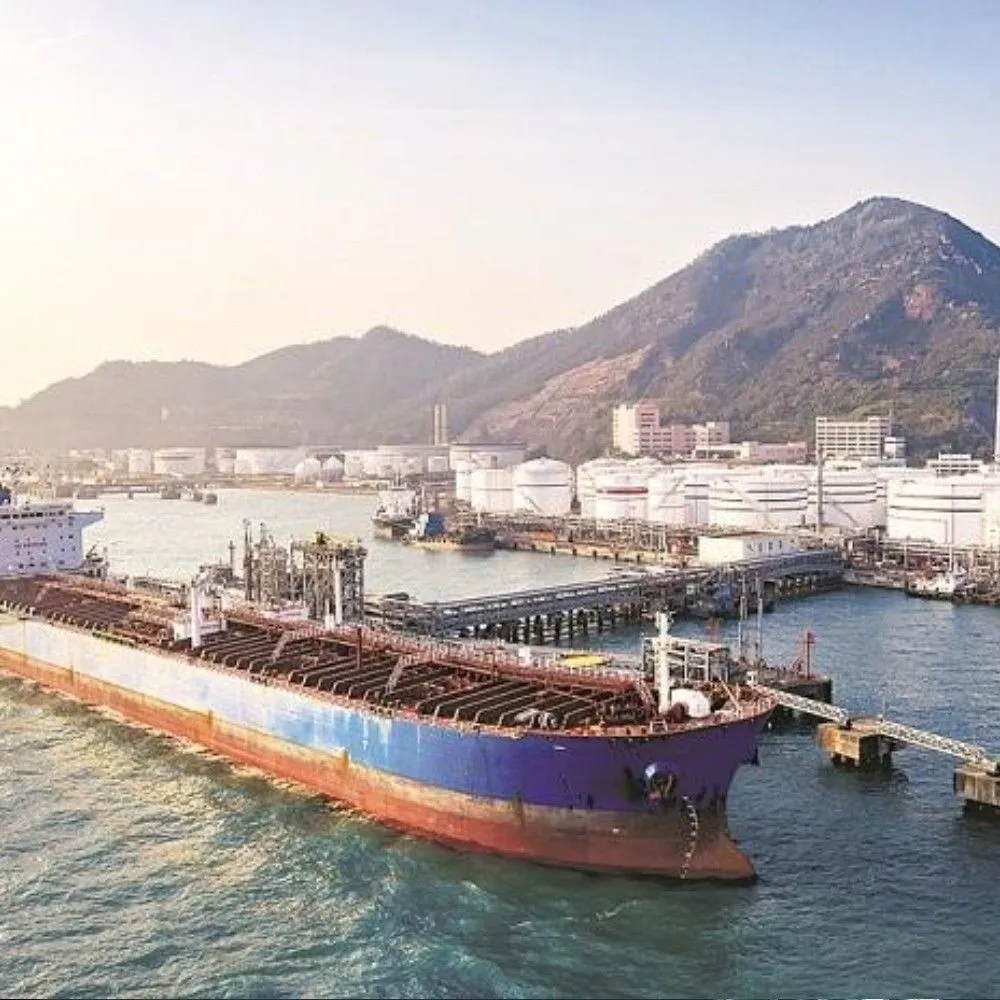
Tuticorin & New Mangalore — the southern specialists
If your trade involves spices, coffee, cashew, or seafood, Tuticorin (V.O. Chidambaranar) and New Mangalore are not just alternatives, they’re purpose-built. Tuticorin’s container ecosystem and warehousing capacity make it the natural hub for exporters from southern Tamil Nadu. Meanwhile, New Mangalore’s proximity to Karnataka’s coffee plantations gives exporters direct access to the global value chain without inland haulage costs eating into margins. Both ports may not boast the scale of Mundra, but in terms of handling niche agri commodities, they bring an agility and focus that larger ports often can’t. Source
The bigger picture — what trade data tells us
According to the Ministry of Ports, Shipping and Waterways, India’s all the major ports collectively handled more than 800 million tonnes of cargo in FY 2023–24, with agricultural and food exports accounting for a growing share. APEDA’s latest report notes that processed food and cereal exports have shown consistent year-on-year growth, with non-basmati rice and sugar leading the surge. These numbers don’t just reflect output — they signify the strength of India’s port infrastructure and the logistical backbone that supports agro exporters every day.
Why the right port decision defines success
In the B2B Agro Trade, choosing the right port is a competitive advantage — as impactful as pricing or product quality. It affects freight terms, insurance cost, and delivery timelines. A ship delayed by poor berth scheduling can erase the thin margins exporters work with. That’s why experienced exporters treat port selection like a strategic trade call, factoring in vessel frequency, storage conditions, and inland connectivity — not just proximity to the source.
From Mundra’s efficiency to Kandla’s grain muscle, Chennai’s container dominance to Kolkata’s heritage reliability, India’s ports together form an ecosystem that sustains billions in agro-exports annually. Each has its character, each its niche — and understanding that is what separates a good shipment from a profitable trade.

.webp)

